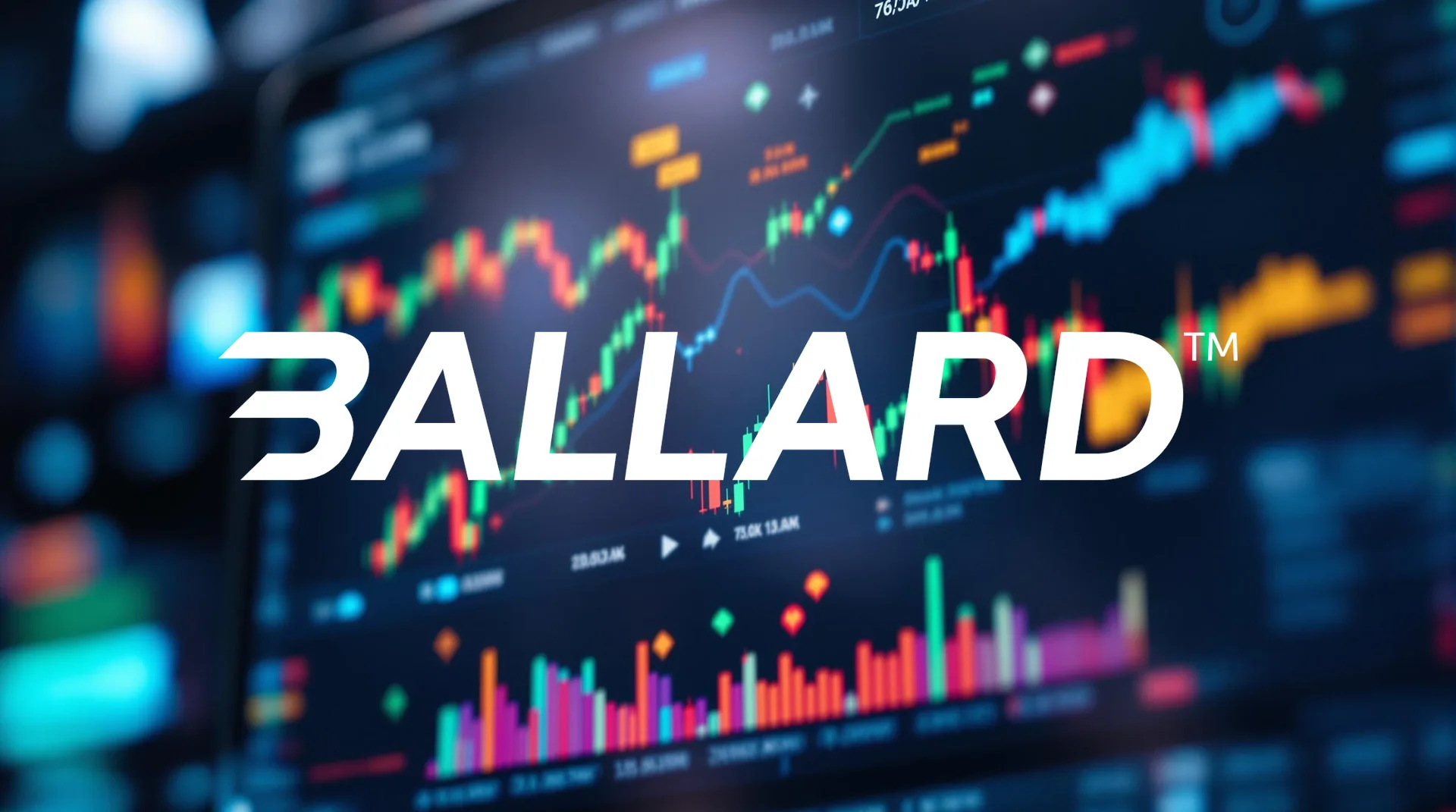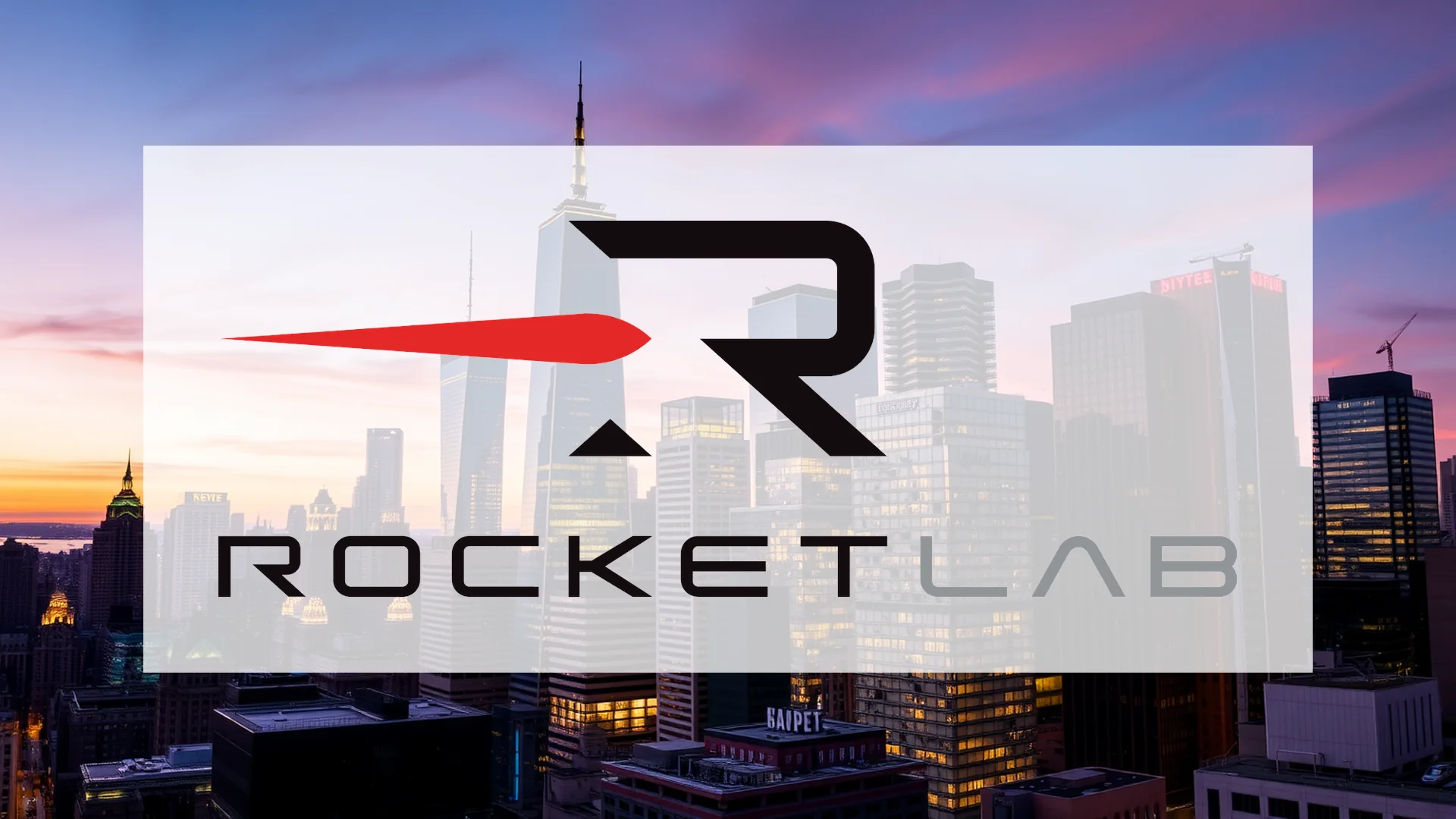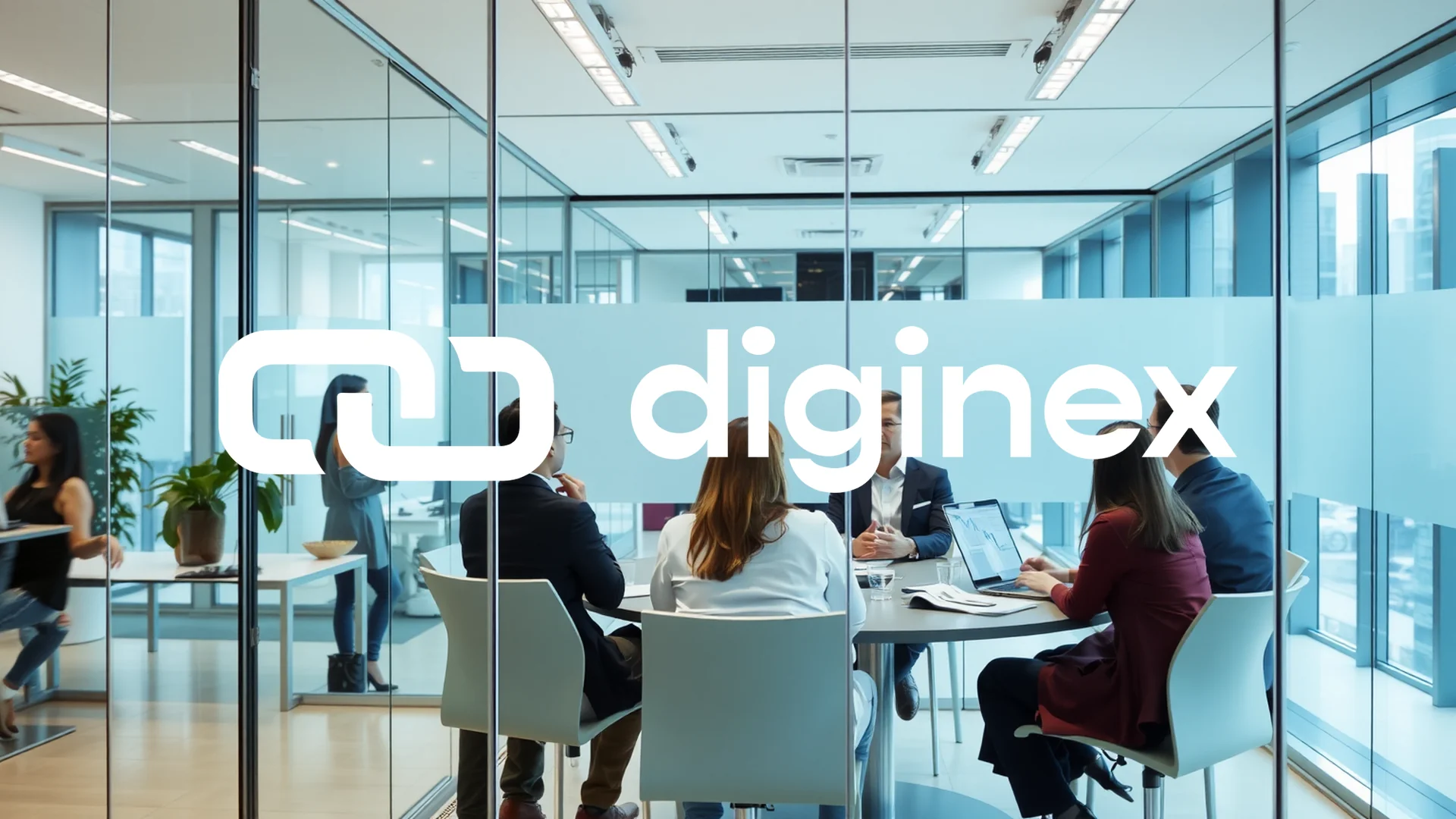The global transition toward a decarbonized economy is accelerating, with hydrogen fuel cells emerging as a pivotal technology for heavy-duty transport and stationary power. Two pioneering companies stand at the forefront of this shift: the established Canadian firm Ballard Power Systems and the specialized Swedish contender PowerCell Sweden. This analysis contrasts Ballard’s formidable financial resources against PowerCell’s superior profitability metrics, examining which entity presents the more compelling opportunity for investors in the expanding hydrogen sector.
Industry forecasts project the global fuel cell market will surge to between $20.5 billion and $27.5 billion by 2034-2035, expanding at a compound annual growth rate exceeding 20%. Both Ballard and PowerCell are positioned to capture a share of this growth, yet their strategic approaches and operational strengths diverge significantly.
Company Profiles and Market Positioning
Ballard Power Systems, commanding a market valuation of approximately $959 million, leverages its extensive corporate history and broader international presence. The company’s strategic focus is concentrated on heavy-duty mobility solutions, including buses, trucks, rail, and marine applications. This focus is evidenced by its Q3 2025 results, where $23.4 million of its total $32.5 million in revenue originated from this core segment. Ballard’s geographic revenue streams are well-diversified, with recent growth being driven equally by North American and European markets. Its established manufacturing infrastructure and long-standing client relationships, particularly in the public transit sector, provide a robust platform for future expansion.
PowerCell Sweden, with a market capitalization of about $271 million (approximately 2.56 billion SEK), is the more compact, technologically focused challenger. The Swedish firm has carved out a significant niche in high-performance fuel cells for the aviation, maritime, and stationary power generation industries. Its revenue base is predominantly concentrated within Europe, with Norway, the United Kingdom, and Germany serving as its primary markets.
Innovation and Technological Focus
In a sector driven by technological advancement, substantial research and development investment is a hallmark of both companies, consistent with high-growth tech firms yet to achieve sustained profitability.
Ballard’s R&D emphasizes durability and robustness, exemplified by its recently launched ninth-generation FCmove®-SC fuel cell module, engineered specifically for the demanding operational requirements of heavy-duty transportation. Conversely, PowerCell distinguishes itself through the development of compact, high-power density fuel cell stacks, demonstrating proven performance in rigorous applications. Its Marine System 225, for instance, has generated significant customer demand and commercial traction.
Growth Trajectory and Financial Performance
While both companies are in a high-growth phase, their latest financial results reveal distinct operational dynamics.
Ballard Power reported a remarkable 120% year-over-year revenue surge in Q3 2025, reaching $32.5 million. This explosive growth was propelled by robust deliveries to its bus and rail customers. More significantly, the company’s gross margin climbed to 15%, a dramatic 71-percentage-point improvement from the deeply negative -56% recorded in the prior-year period, signaling substantial progress in cost management. Market analysts project revenue growth of approximately 21% for the upcoming fiscal year.
PowerCell Sweden also posted growth, albeit at a more moderate pace. Its Q3 2025 revenue increased by 19% to 85.8 million Swedish Krona. For the first nine months of 2025, the company’s revenue growth was a strong 52% compared to the same period last year. PowerCell’s standout metric is its gross margin, which reached an impressive 38.6% in the most recent quarter.
| Key Performance Metrics | Ballard Power | PowerCell Sweden |
|---|---|---|
| Q3 2025 Revenue Growth (YoY) | 120% | 19% |
| Projected Annual Growth | ~21% | N/A |
| Gross Margin (Latest Quarter) | 15% | 38.6% |
Ballard demonstrates explosive, albeit from a lower base, top-line expansion, while PowerCell exhibits consistently superior gross profitability.
Valuation and Financial Health
Valuing pre-profitability growth companies presents challenges, shifting the focus to balance sheet strength and alternative metrics.
Ballard Power possesses a formidable war chest of $525.7 million in cash and cash equivalents against zero debt. This financial resilience provides a crucial strategic advantage, enabling the company to navigate market cycles and fund its growth initiatives. Recent decisions, such as pausing the planned Gigafactory in Texas, reflect a disciplined approach to capital preservation.
PowerCell Sweden trades at a Price-to-Sales (P/S) ratio of approximately 6.27. The Swedish company also maintains a solid balance sheet, holding more cash than debt, effectively making it debt-free as well.
Investors are clearly pricing both stocks based on future potential rather than current earnings, raising the question of which company will deploy its resources more effectively to capture that potential.
Competitive Landscape and Resilience
The most significant competitive threat to hydrogen fuel cells comes from battery-electric powertrains. However, fuel cells maintain distinct advantages in heavy-duty, long-range, and continuous-operation applications, offering shorter refueling times, greater range, and lower weight.
Ballard’s key strength lies in its entrenched market position with bus and rail operators. Its strategic realignment to concentrate on European and North American markets demonstrates an ability to adapt to evolving policy support and regional demand shifts.
PowerCell relies on strategic partnerships and its focus on demanding applications in maritime and power generation. By embedding its technology within mission-critical systems, the company fosters strong, durable customer relationships that create a defensive moat against competitors.
Detailed Financial and Market Data
Market Performance & Valuation
| Metric | Ballard Power | PowerCell Sweden |
|---|---|---|
| 52-Week Price Range | $1.00 – $4.10 USD | 22.40 – 48.50 SEK |
| Market Capitalization | ~$959 Million USD | ~2.56 Billion SEK (~$271 Million USD) |
Quality and Valuation Metrics
| Metric | Ballard Power | PowerCell Sweden |
|---|---|---|
| Gross Margin (Current Year) | -22.82%, improved to 15% in Q3’25 | 45.69% (Current Year), 38.6% in Q3’25 |
| Debt-to-Equity | 0.03 | 5.15% |
| Liquidity (Cash) | $525.7 Million (Q3’25) | More Cash Than Debt |
| P/S Ratio (Current Year) | N/A | ~6.27 |
| Analyst Consensus | Reduce/Hold | N/A |
Comparative Assessment and Final Scores
| Category | Ballard Power | PowerCell Sweden | Rationale |
|---|---|---|---|
| Valuation | 16/25 | 18/25 | PowerCell’s lower P/S ratio offers a clearer valuation benchmark. Both are primarily valued on future potential. |
| Growth | 23/25 | 19/25 | Ballard’s 120% revenue jump indicates explosive momentum, even from a smaller base. Both possess strong growth profiles. |
| Quality | 21/25 | 20/25 | Ballard’s debt-free balance sheet with $525.7M cash provides superior financial safety. PowerCell’s consistently high gross margins are impressive. |
| Momentum | 18/25 | 19/25 | PowerCell’s share price showed a stronger positive reaction to recent earnings. Ballard’s stock declined despite a strong quarterly report. |
| TOTAL SCORE | 78/100 | 76/100 |
Ballard Power Systems: Investment Thesis
* Overall Score: 78/100
* Core Strengths: Spectacular revenue acceleration, an extremely robust and debt-free balance sheet with substantial liquidity, and an established position in heavy-duty transport.
* Notable Weaknesses: Historically weak gross margins (despite recent improvement), and a cautious analyst consensus (“Reduce”/”Hold”) that reflects ongoing execution risks.
* Investment Case: Ballard represents a scaled investment proposition with significant financial stability for capitalizing on growth in the core hydrogen heavy-duty transport market.
PowerCell Sweden: Investment Thesis
* Overall Score: 76/100
* Core Strengths: Superior and stable gross margins, a strong reputation for technological excellence in high-value niches (maritime, power generation), and a solid, debt-free financial position.
* Notable Weaknesses: Its smaller size and greater concentration, both geographically and in terms of customer focus, could present elevated risks compared to Ballard.
* Investment Case: PowerCell is a specialized investment in high-performance fuel cells, distinguished by its proven ability to generate strong margins from its technology.
Relative Advantage: Ballard Power holds a narrow lead with a +2 point advantage.
Confidence Level: Medium. The assessment is grounded in current quarterly financial data, but the sector remains inherently volatile, and forward-looking projections are subject to uncertainty.
Recommended Time Horizon: 12 months.
The contest between Ballard’s financial fortress and PowerCell’s margin prowess remains intensely close. Ballard offers greater security through its scale and liquidity, whereas PowerCell convinces with its operational excellence and profitability. For investors prioritizing financial resilience, Ballard’s substantial cash reserves are reassuring. Those seeking a pure-play on technological leadership and high margins may find PowerCell’s specialist profile more appealing. It is no surprise that both companies command dedicated followings in the investment community.
Ad
Ballard Power Stock: Buy or Sell?! New Ballard Power Analysis from November 15 delivers the answer:
The latest Ballard Power figures speak for themselves: Urgent action needed for Ballard Power investors. Is it worth buying or should you sell? Find out what to do now in the current free analysis from November 15.
Ballard Power: Buy or sell? Read more here...









